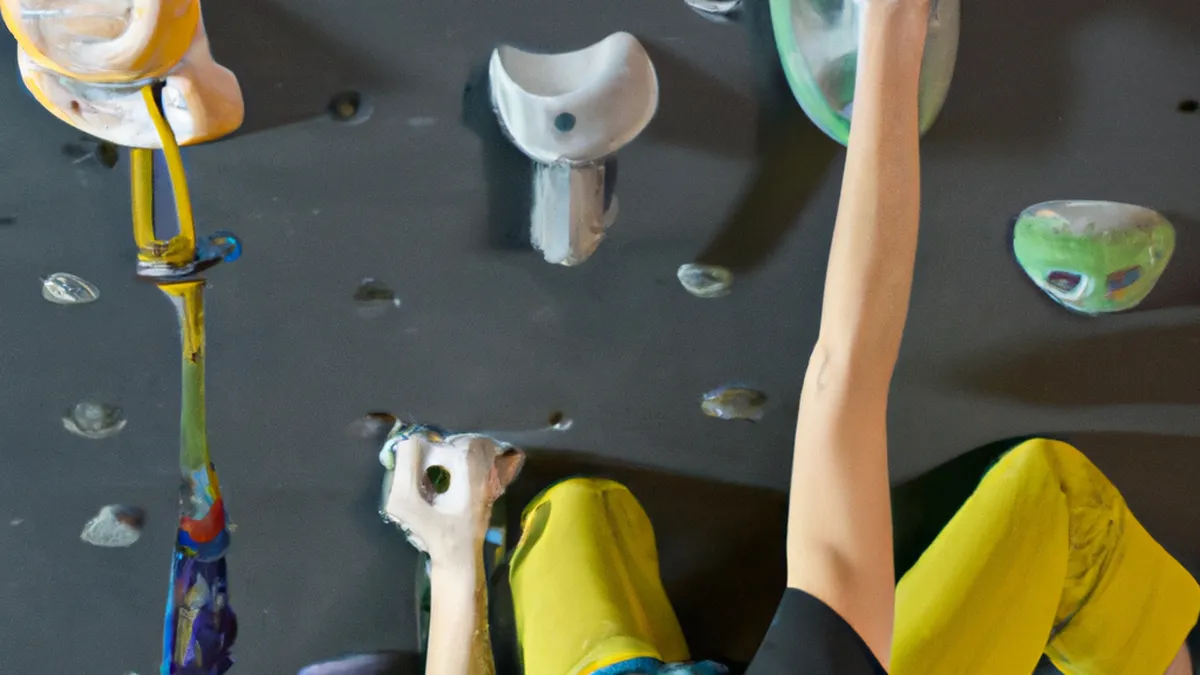Leave No Trace: Essential Climbing Practices
Introduction
Climbing offers adventure, freedom, and a deep connection to nature. Climbers hold significant responsibility to uphold ethics and practice environmental stewardship. They must preserve beautiful landscapes for future generations. Responsible climbing fosters a respectful community and protects the environment.This blog post explores climbing ethics and environmental responsibility. You will discover practical tips for responsible climbing and ways to minimize your impact. Let’s learn how to preserve the great outdoors while enjoying climbing.
Understanding Climbing Ethics
As an Amazon Associate I earn from qualifying purchases.
Gear tip: consider climbing shoes, chalk bag, and belay device to support this topic.
Climbing ethics consist of unwritten rules that guide the climbing community. These principles promote respect for the environment and fellow climbers. Every climber should embrace these key ethical principles:
Leave No Trace
The Leave No Trace (LNT) principles guide responsible outdoor recreation. These guidelines encourage climbers to minimize their environmental impact. Always pack out everything you bring in, including trash and food scraps. Use established trails and avoid creating new paths. Practicing LNT ensures pristine climbing areas for future climbers.
Respect the Environment
Respecting local flora and fauna is essential for responsible climbing. Many areas host sensitive ecosystems or endangered species. Avoid climbing on fragile rock formations or during nesting seasons. Staying on established routes protects vegetation and wildlife habitats for future exploration.
Respect Other Climbers
Climbing can be crowded, especially in popular areas. Be courteous to others on the rock. Yield to climbers already on the route and keep noise levels low. Sharing the experience fosters a positive community and encourages cooperation. A friendly approach enhances the climbing experience for everyone.
Tips for Responsible Climbing
Climbing responsibly starts with preparation and awareness. Here are practical tips to help you climb ethically and minimize your impact:
Choose Durable Routes
Select routes that experience less wear and tear. Avoid climbing on soft rock or fragile areas. By choosing established routes, you protect the environment and maintain climbing opportunities.
Educate Yourself
Before climbing, learn about local climbing ethics and regulations. Each region has specific guidelines, including seasonal closures and restricted areas. Familiarizing yourself with these rules ensures respect for the environment and climbing community.
Use Environmentally Friendly Gear
Choose climbing gear made from sustainable materials to practice environmental responsibility.
Conclusion
In summary, responsible climbing requires awareness, respect, and a commitment to preserving our natural landscapes.
Below are related products based on this post:
FAQ
What are climbing ethics?
Climbing ethics are unwritten rules that guide the climbing community, promoting respect for the environment and fellow climbers. These principles encourage climbers to act responsibly and considerately, ensuring a positive experience for everyone involved.
What does “Leave No Trace” mean in climbing?
Leave No Trace (LNT) principles guide climbers to minimize their environmental impact. This includes packing out everything brought in, using established trails, and avoiding the creation of new paths to preserve pristine climbing areas for future generations.
How can I educate myself about local climbing regulations?
Educating yourself about local climbing regulations involves researching specific guidelines for the area you plan to climb in. This includes understanding seasonal closures and restricted areas to ensure that you respect both the environment and the climbing community.















Post Comment